Coloring the Iron Age: Oldest dress in the Netherlands was bright red and blue
Several years ago, during my PhD, I analyzed a number of textile finds from an Early Iron Age elite burial. Now – thanks to the help of a number of wonderful researchers and talented craftspeople – I can finally say that we discovered the oldest colored piece of clothing in the Netherlands, that it was a bright red and blue checkered woolen dress AND that you can go see a reconstruction of this stunning garment!
The almost 2800 years old textile fragments were excavated in 2010 in an elaborate Early Iron Age elite burial on the Maashorst near Uden by archeologists of Leiden University (an excavation that we just published: Heuvels op de Heide, edited by Richard Jansen and myself). Within a cemetery of cremation graves, they discovered a single inhumation that would prove to be extraordinary: an individual who was buried in a small chamber created out of charred wooden planks and beams. This person – who we think was a woman, though only a shadow of her body remained in the ground – was buried wearing an elaborate set of jewelry. She wore bronze anklets and bracelets, and metal rings in her hair. On her chest lay bronze and iron dress pins, and a small pouch containing a metal toiletry kit that closed with an amber bead. And perhaps most remarkably – textile fragments had survived on the bronze anklets and bracelets thanks to the corroding metal.
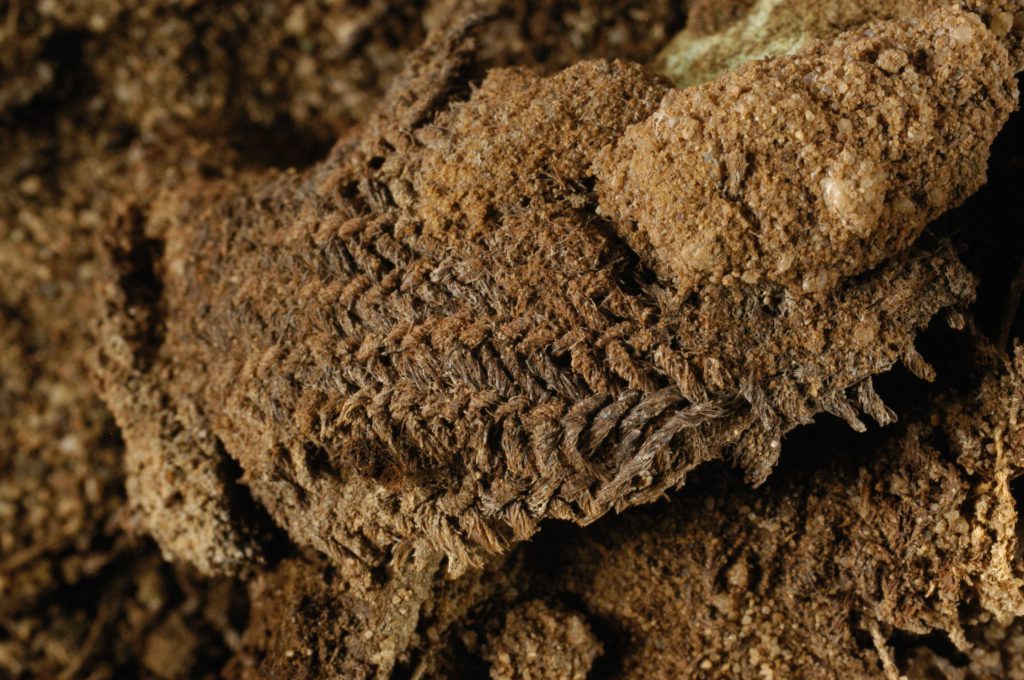
All the metal artifacts were lifted in blocks and brought to Restaura – a restoration atelier. They carefully uncovered and conserved everything. This is where I came in. I had started my PhD on Early Iron Age elite burials at this point and was asked to examine the artifacts and textiles. I was able to bring over the talented and lovely Karina Grömer – a textile expert – from Vienna to help examine the textile fragments. Together we were able to identify two different types of cloths and to reconstruct how they were woven. One textile was present on both the anklets and the bracelets, and we could reconstruct that they were most likely from a long-sleeved dress woven in a houndstooth pattern – in what we suspected at the time were blue and red threads. The other textile was only found on the bracelets, on top of the houndstooth textile, and may have been a scarf or veil.
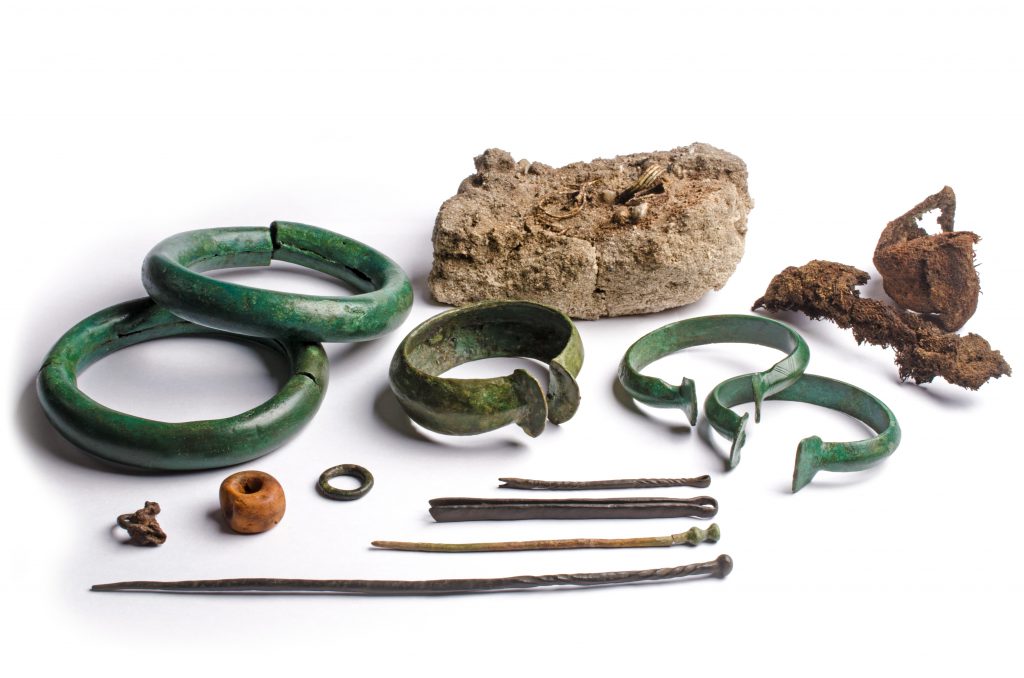
In order to know this for certain, however, we needed to have dyestuff analysis done. To my joy, Art Proaño Gaibor and Ineke Joosten of the Cultural Heritage Agency were willing to do this! Using wonderfully complicated machinery they established that one thread system was dyed red with Polish cochineal (Porphyrophora polonica L.), and another with an indigo-yielding plant, most likely woad (Isatis tinctoria L.).
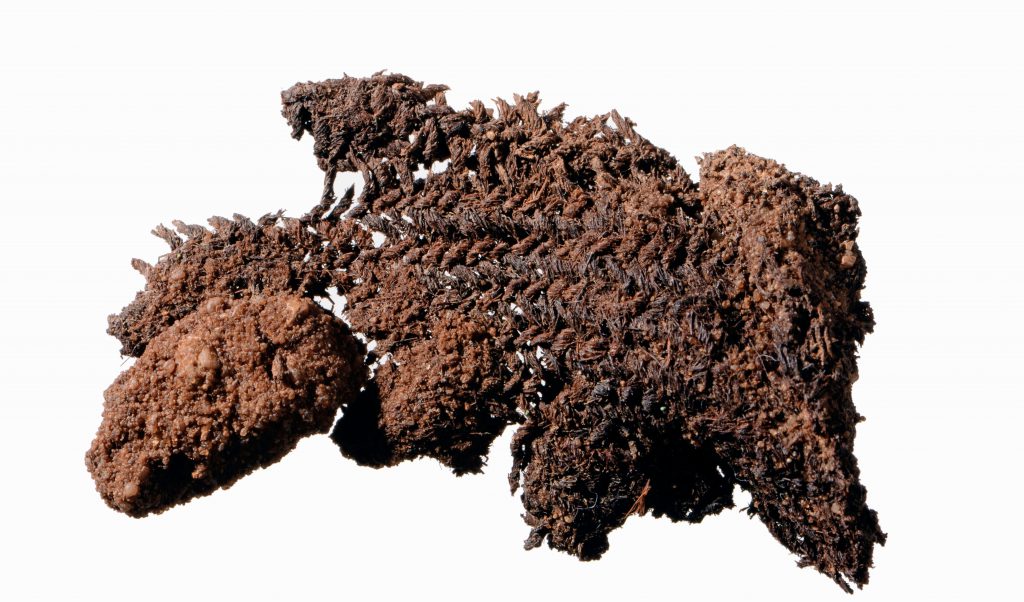
After discussing the results with my friend Yvonne Lammers-Keijsers of the preHistorisch Dorp, she wonderfully decided to work with some of her colleagues and friends to reconstruct this garment. Pimmie Schoorl spun and dyed about 10 km worth of thread, and Toon Reurink wove the cloth, after which Yvonne herself hand sewed the dress. And the result is GORGEOUS!
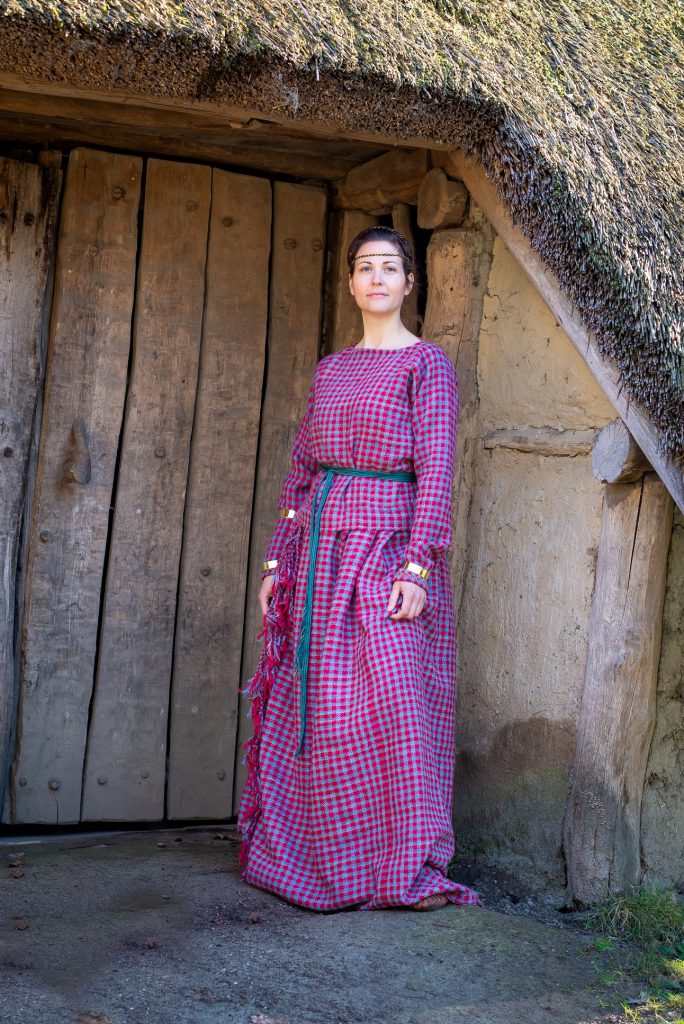
A reconstruction of the dress, along with the original jewelry and wool remnants, will be on display in Museum Jan Cunen in Oss from June 5. Reserve tickets in advance via www.museumjancunen.nl. The book about this find, Heuvels op de Heide, is now available, via www.Sidestone.com.
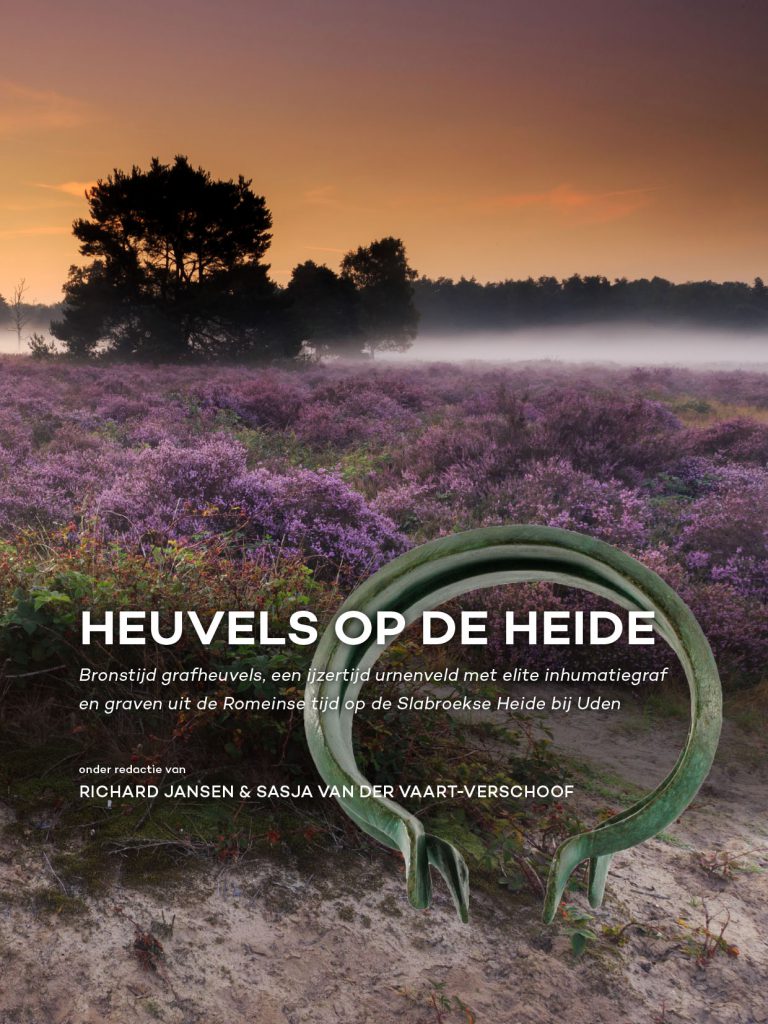
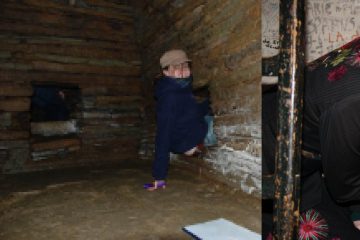

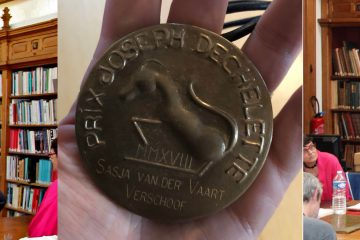
0 Comments